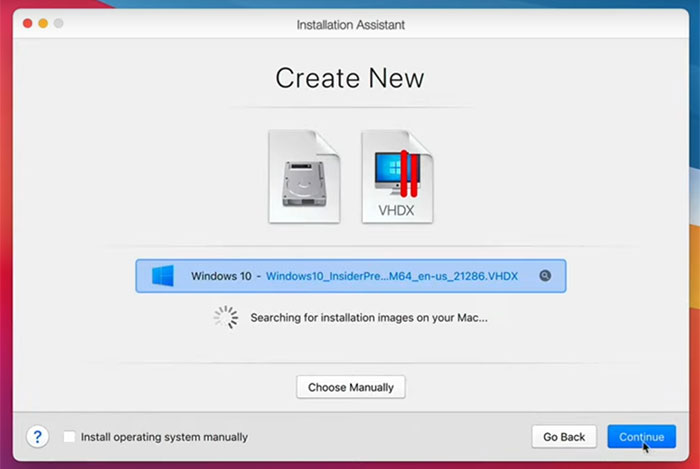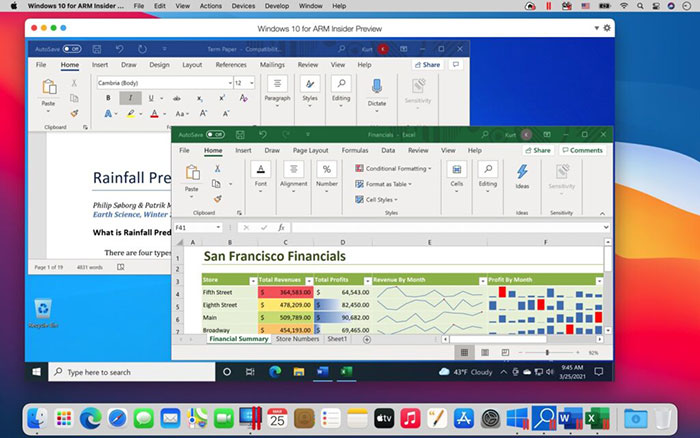Parallels has launched the latest version of its Windows 10 supporting virtual machine software for Macs. What is most newsworthy about the "highly anticipated" Parallels Desktop 16.5 for Mac, is that it features full native support for Mac computers equipped with either Apple M1 or Intel processors. So, now you can run this application on any modern Mac, and on M1 powered computers you will be able to experience Windows 10 Arm Insider Preview and its applications. Parallels writes about the new release on its news blog and includes some pretty big claims for the virtualization software's performance.

Developing Parallels for M1 Macs has been a significant software engineering task, as it isn't like a typical application that can sit nonchalantly on top of Apple's OS/Rosetta technology. "Apple's M1 chip is a significant breakthrough for Mac users," said Nick Dobrovolskiy, Parallels Senior Vice President of Engineering and Support. "The transition has been smooth for most Mac applications, thanks to Rosetta technology. However, virtual machines are an exception and thus Parallels engineers implemented native virtualization support for the Mac with M1 chip. This enables our users to enjoy the best Windows-on-Mac experience available."
There have been over 100,000 Mac addicts testing the Technical Preview of Parallels Desktop 16.5 for M1 Mac and running Microsoft’s Windows 10 on ARM Insider Preview. Of course, they also ran a wide range of apps, including Intel-based ones if no Arm-native app was available. Dobrovolskiy said that Paralells received "enthusiastic feedback about the remarkable performance of both the Technical Preview of Parallels Desktop 16 for M1 Mac and Windows 10 on ARM Insider Preview as well as x86 applications and games". Some games tested include; Rocket League, Among Us, Roblox, and The Elder Scrolls V: Skyrim. Parallels for M1 Macs also supports Arm-versions of OSes like Ubuntu 20.04, Kali Linux 2021.1, Debian 10.7 and Fedora Workstation 33-1.2.

Performance
Compatibility sounds good, but the performance is perhaps even more impressive. Some performance highlights of Parallels Desktop 16.5 on an M1 Mac are as follows:
- Up to 250 percent less energy used: On a Mac with an Apple M1 chip, Parallels Desktop 16.5 uses 2.5 times less energy than on a 2020 Intel-based MacBook Air computer.
- Up to 60 percent better DirectX 11 performance: Parallels Desktop 16.5 running on an M1 Mac delivers up to 60 percent better DirectX 11 performance than on an Intel-based MacBook Pro with Radeon Pro 555X GPU.
- Up to 30 percent better virtual machine performance (Windows): Running a virtual machine (VM) of Windows 10 on ARM Insider Preview on Parallels Desktop 16.5 on an M1 Mac performs up to 30 percent better than a Windows 10 VM running on Intel-based MacBook Pro with Intel Core i9 processor.
Parallels Desktop 16.5 for Mac pricing starts at US$79.99 per annum, but perpetual licences are available for $99.99.













